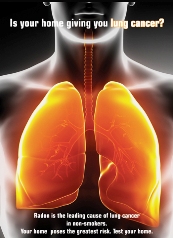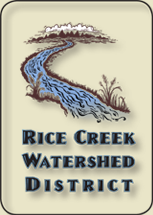Several articles recently appeared in Twin Cities newspapers, television and websites regarding the safety of drinking water. Reports of waste disposal polluting groundwater and well water has called attention to the safety of drinking water in the metropolitan area (What did 3M know about PFCs, StarTribune, 11/26/2017; 3M Pollution raised cancer rates, Pioneer Press, 11/20/2017; and Drinking water blamed in hundreds of illnesses, CNN, 11/9/2017) .
In 2015, the Anoka County Community Health Board determined that water quality and sustainable drinking water are a most important community health issue. By this determination, the Community Health and Environmental Health Department has expanded efforts to protect the source of drinking water to its communities and residents.
Public water supplies. The Minnesota Department of Health and Anoka County Environmental Services assist public water suppliers in monitoring the safety of their drinking water quality through regularly testing and maintenance of their system. Community water systems provide annual testing results to users.
Source Water Protection. Water pollution near public water supply wells have a greater potential of contaminating the drinking water supply of an entire community. Public water suppliers in Anoka County have determined that the best way to protect their residents’ drinking water supply is a joint wellhead protection program (Anoka County Municipal Wellhead Protection Group) with neighboring communities. By working together, communities are reaching their mutual goal (safe drinking water supply) with greater success.

What is a wellhead protection area? A wellhead protection area is a protection zone around a public well to keep pollutants from rapidly reaching the community’s water supply. The area is established using easily identifiable landmarks as boundaries (e.g. streets, property lines, ditches). The wellhead protection area is based on the minimum time (ten years) for a pollutant to reach the well.
Who’s Impacted? A wellhead protection area includes hundreds to thousands of properties. Residents and businesses within a wellhead protection area are asked to cooperate with their water supplier to effectively protect our water supply without establishing additional ordinances or regulatory programs. The Municipal Wellhead Protection Group has developed an on-line map to show properties located in wellhead protection areas (also called Drinking Water Supply Management Areas) and the vulnerability to pollution.
Private well supplies. Since 1974, private wells are required to be constructed according to the Minnesota Well Code. When a well contractor (driller) constructs a well the driller must test the quality of the water. Future water testing and maintenance of a private (home/cabin) wells is the responsibility of the homeowner. Anoka County Environmental Services provides well water testing service to residents. Residents are encouraged to perform an annual sanitary analysis (total coliform bacteria and nitrate-nitrogen).
A word about arsenic. Private well water tests have also found arsenic above the safe drinking water standard (10 micrograms per liter) in approximately 8% of Anoka County wells. Since 2012, new wells are tested for arsenic concentration. Well constructed before 2012 (or well owners that do not have a certified water test) are encouraged to test their well. By learning if unsafe levels of arsenic is in drinking water, families can take action to protect themselves.
For more information about testing your private well contact Bart Biernat 763-324-4207, Bart.Biernat @ co.anoka.mn.us.




 January 2nd, 2018
January 2nd, 2018  knowtheflow
knowtheflow 













